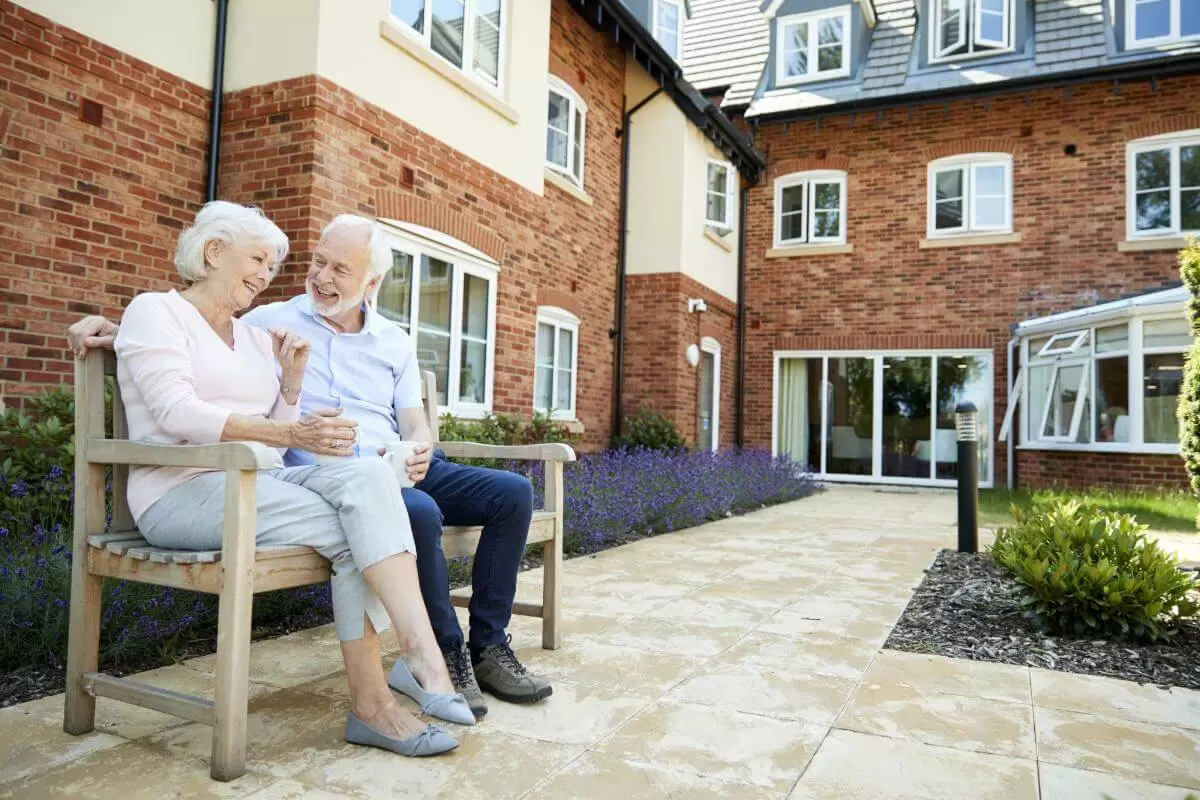
When you move to assisted living, forming new friendships and a sense of community can be challenging. However, getting involved in social activities is crucial to senior well-being.
Studies have shown that being socially active improves emotional, intellectual, and physical wellness. Additionally, it lowers blood pressure and tension.
Improved Self-Esteem
Many seniors experience a drop in their self-esteem as they age. They may feel less capable, have more physical limitations, or experience the loss of a loved one. This is why it’s so essential for a senior to be socially engaged and build strong friendships. Assisted living communities allow residents to connect with others and explore new experiences that inspire them.
Whether gardening in the community garden or attending an art class, seniors can nurture their interests, explore new skills, and find meaning and purpose. Studies show that socially active people live longer than those who are isolated or lonely.
However, the key to long-term benefits is consistency. Regular, small social interactions are just as effective as group activities. One-on-one interactions with friends and family can also make a big difference in mental health and motivate seniors to improve their physical health.
Reduced Loneliness
For seniors who are isolated by illness or distance from loved ones, loneliness can be hard to overcome. It is essential for elderly adults to feel like they belong, and socializing can inspire that sense of community.
An assisted living in St. Petersburg, FL communities, provides various social events to help seniors interact and discover purpose. They may participate in interest-based groups, such as book clubs and cooking classes, or they can attend group events that bring together members of the entire community.
Many of these social activities are also physically active, which can help improve balance, coordination, and mobility and reduce the risk of falls. Additionally, social activities can lower stress levels and increase overall happiness. Even if your mom is an introvert, she can still find meaning in her daily interaction with caregivers by creating a bond through these activities and getting to know them well. This will make her feel connected and less lonely, even in a new community.
Increased Physical Activity
Assisted living communities provide plenty of opportunities for seniors to get physical activity. Even simple social outings that require walking to get there or playing balloon volleyball or chair Pilates can help seniors burn calories and prevent the ill effects of a sedentary lifestyle.
Getting in the habit of exercise can be challenging for any age group, and seniors are no different. Some may be intimidated by joining a fitness class but assisted living communities offer gentle classes on the joints. For example, CC Young provides seated aerobics, yoga, and cardio drumming for residents needing less intense workouts.
As a result, they can experience the same benefits as those who participate in traditional exercises without the stress or risk of injury. Being active with friends can be fun and encourage participants to stick. Studies show that people who regularly engage in social activities are more likely to be physically active, reducing their disease risks and improving overall health.
Increased Life Satisfaction
Whether participating in a book club, attending an art class, or joining a trivia night, seniors who participate in social activities feel a sense of purpose and camaraderie. This emotional support reduces feelings of loneliness, alleviates stress, and fosters a positive outlook on life.
Social activities also strengthen your immune system, reducing your vulnerability to diseases and illnesses. This is because socialization contributes to your mental and physical health, improving your immune system’s functioning.
In a nine-month study, researchers found that combining personalized prompts and brief conversations significantly increased activity participation among 8 AL residents. Participants reported higher satisfaction with their lives and lower isolation levels at Time 3 than non-participants. A key to the successful outcomes was consistency—not just the amount of interaction, but its frequency and timing. The best way to help your loved one build a strong community is to encourage them to participate in organized social activities in their assisted living facility.







